305ci L-head V12 Engine Single Carburetor Approximately 125hp at 4,000rpm 3-Speed Manual Transmission with overdrive 4-Wheel Leaf Spring Suspension 4-Wheel Drum Brakes *Former AACA National Prize Winner *Recently emerged from long term ownership *CCCA Full Classic ™ *Handsome luxurious convertible THE LINCOLN CONTINENTAL The idea to develop a top-of-the-line, exclusive Lincoln model struck Edsel Ford in the late 1930's. Targeted to compete with the dazzling European models from companies such as Delahaye and Alfa Romeo, the prototype Continental, as it was fittingly named, was a one-off built for Mr. Ford's personal use. The prototype, designed by Ford's legendary chief stylist Eugene T. "Bob" Gregorie, was an elegant convertible, or "cabriolet" as they liked to call it, boasting a long-streamlined hood and fenders which elegantly shrouded its 12 cylinder power-plant. Introduced to the public in 1940, the new luxury sedan was the finest model in Dearborn's offering, and nothing short of a sensation. The 1940-41 Continentals shared their pointed prow and curvaceous fender shapes with the streamlined contemporary Lincoln Zephyr; 1942 brought a complete redesign featuring more squared-off fenders. When production resumed in 1946 following the war, the Continental essentially retained the 1942 styling. As the only post-WWII American cars powered by a twelve cylinder engine, it is not surprising that these Lincolns were expensive - the list price for the 1948 Continental Cabriolets was $4,746, more than two and a half times the cost of a Ford V-8 Convertible. During 1951 the Museum of Modern Art included a first-generation Continental in an eight-car exhibit honoring automotive design excellence, and collectors have been recognizing the 1940-1948 Continentals as collector cars from the early days of the hobby. Considered a Full Classic in the Classic Car Club of America rulebook, the cars' continuing popularity inspired the after-market accessory "continental kits" of the 1950s. THE MOTORCAR OFFERED The Continental offered here is one of just 452 Cabriolets produced for 1948, the final year for the first-generation design and the last Continental until the Mark II was introduced in 1955. Handsomely liveried in old Dark Green lacquer paint with a contrasting tan top and tobacco brown interior, the car is reported by its seller to have been restored in the mid-1960s. It was subsequently shown at Antique Automobile Club of America and Classic Car Club of America events and recorded a National First Prize in 1965 and First Prize, these awards still adorn the car. By the mid 1980s it passed into the long-term ownership of Larry and Jane MacElree of West Chester, Pennsylvania, of Wall Street Journal fame, a collection from which it has only recently emerged. Testament to the quality of its much older restoration, the car has responded extremely well to sympathetic cleaning, the chrome and interior returning their luster, albeit the lacquer paint shows some cracking and deterioration. Mechanically it has been made to run also with limited effort, but it is now suggested that a more thorough review be made before regular active use. Retaining period features including an original period AM radio, heater and fender skirts, this is an honest example of its breed.
305ci L-head V12 Engine Single Carburetor Approximately 125hp at 4,000rpm 3-Speed Manual Transmission with overdrive 4-Wheel Leaf Spring Suspension 4-Wheel Drum Brakes *Former AACA National Prize Winner *Recently emerged from long term ownership *CCCA Full Classic ™ *Handsome luxurious convertible THE LINCOLN CONTINENTAL The idea to develop a top-of-the-line, exclusive Lincoln model struck Edsel Ford in the late 1930's. Targeted to compete with the dazzling European models from companies such as Delahaye and Alfa Romeo, the prototype Continental, as it was fittingly named, was a one-off built for Mr. Ford's personal use. The prototype, designed by Ford's legendary chief stylist Eugene T. "Bob" Gregorie, was an elegant convertible, or "cabriolet" as they liked to call it, boasting a long-streamlined hood and fenders which elegantly shrouded its 12 cylinder power-plant. Introduced to the public in 1940, the new luxury sedan was the finest model in Dearborn's offering, and nothing short of a sensation. The 1940-41 Continentals shared their pointed prow and curvaceous fender shapes with the streamlined contemporary Lincoln Zephyr; 1942 brought a complete redesign featuring more squared-off fenders. When production resumed in 1946 following the war, the Continental essentially retained the 1942 styling. As the only post-WWII American cars powered by a twelve cylinder engine, it is not surprising that these Lincolns were expensive - the list price for the 1948 Continental Cabriolets was $4,746, more than two and a half times the cost of a Ford V-8 Convertible. During 1951 the Museum of Modern Art included a first-generation Continental in an eight-car exhibit honoring automotive design excellence, and collectors have been recognizing the 1940-1948 Continentals as collector cars from the early days of the hobby. Considered a Full Classic in the Classic Car Club of America rulebook, the cars' continuing popularity inspired the after-market accessory "continental kits" of the 1950s. THE MOTORCAR OFFERED The Continental offered here is one of just 452 Cabriolets produced for 1948, the final year for the first-generation design and the last Continental until the Mark II was introduced in 1955. Handsomely liveried in old Dark Green lacquer paint with a contrasting tan top and tobacco brown interior, the car is reported by its seller to have been restored in the mid-1960s. It was subsequently shown at Antique Automobile Club of America and Classic Car Club of America events and recorded a National First Prize in 1965 and First Prize, these awards still adorn the car. By the mid 1980s it passed into the long-term ownership of Larry and Jane MacElree of West Chester, Pennsylvania, of Wall Street Journal fame, a collection from which it has only recently emerged. Testament to the quality of its much older restoration, the car has responded extremely well to sympathetic cleaning, the chrome and interior returning their luster, albeit the lacquer paint shows some cracking and deterioration. Mechanically it has been made to run also with limited effort, but it is now suggested that a more thorough review be made before regular active use. Retaining period features including an original period AM radio, heater and fender skirts, this is an honest example of its breed.
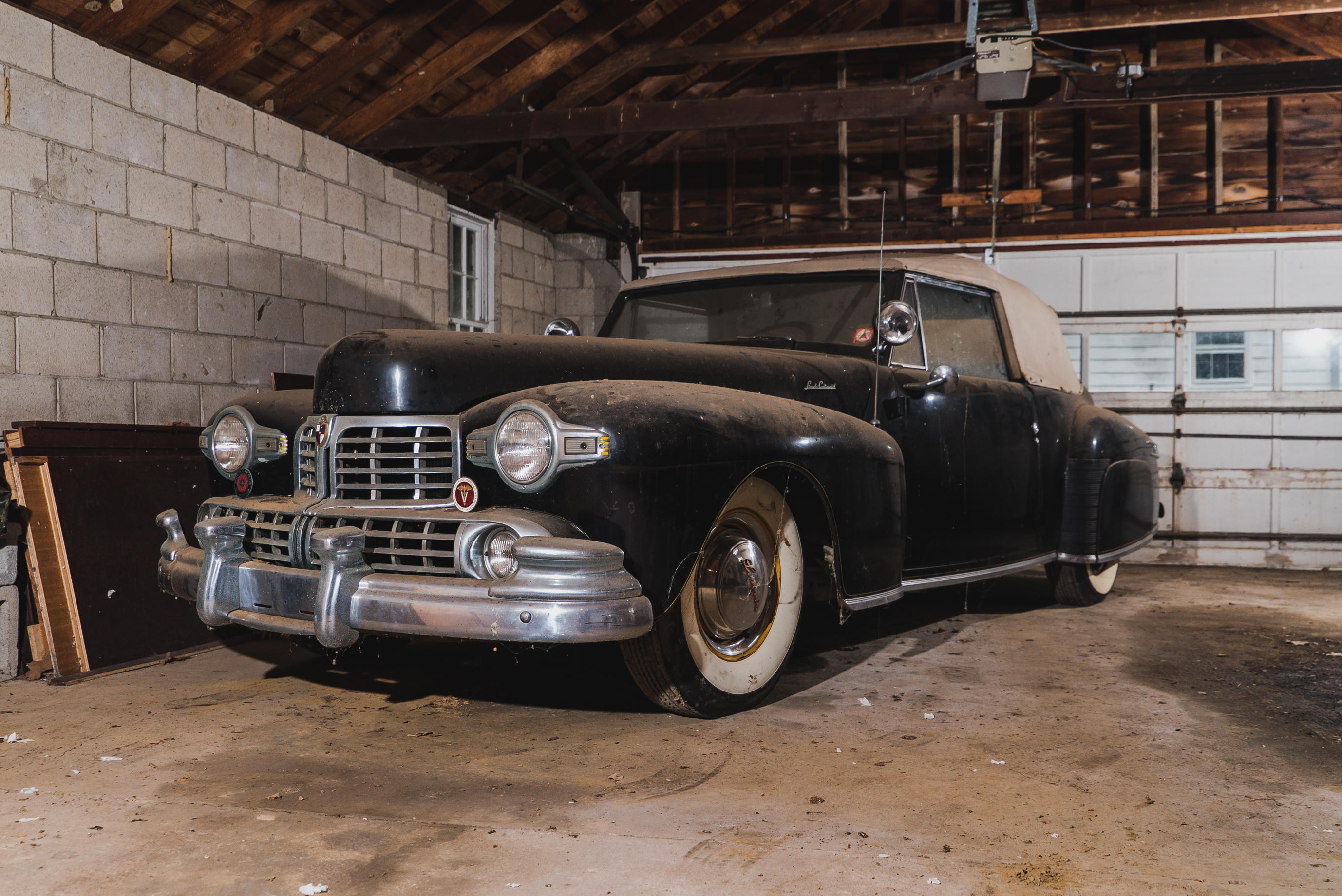
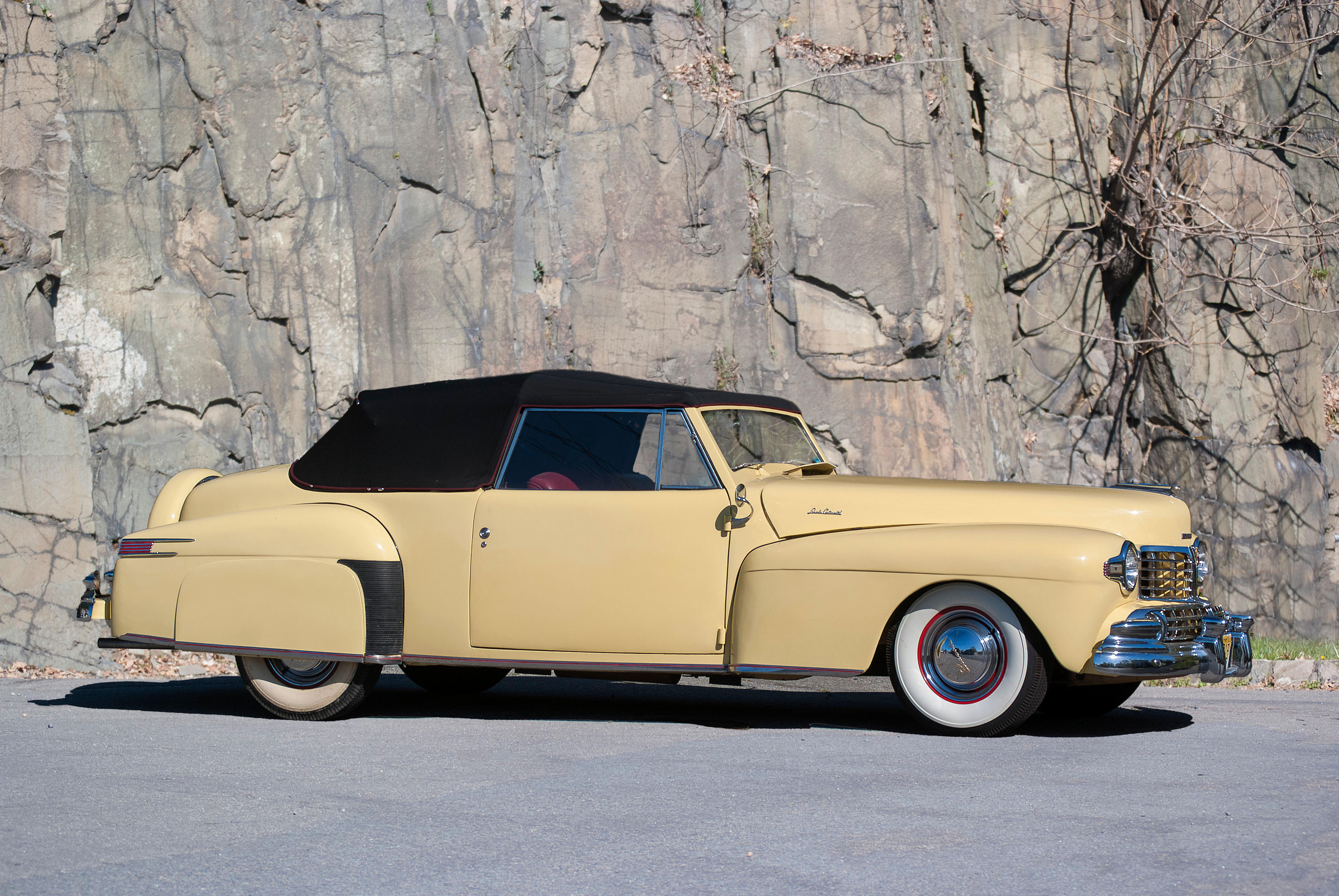


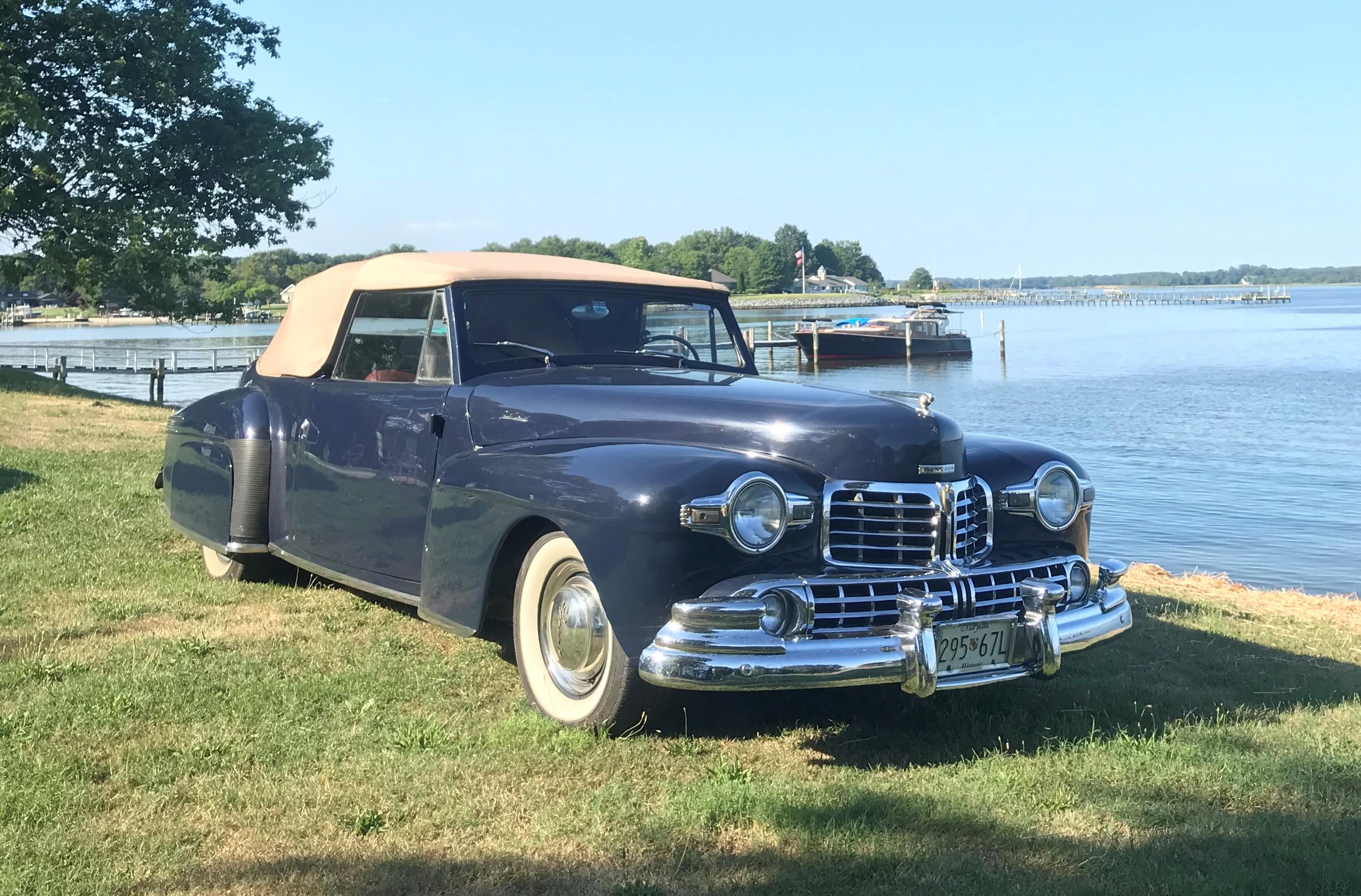

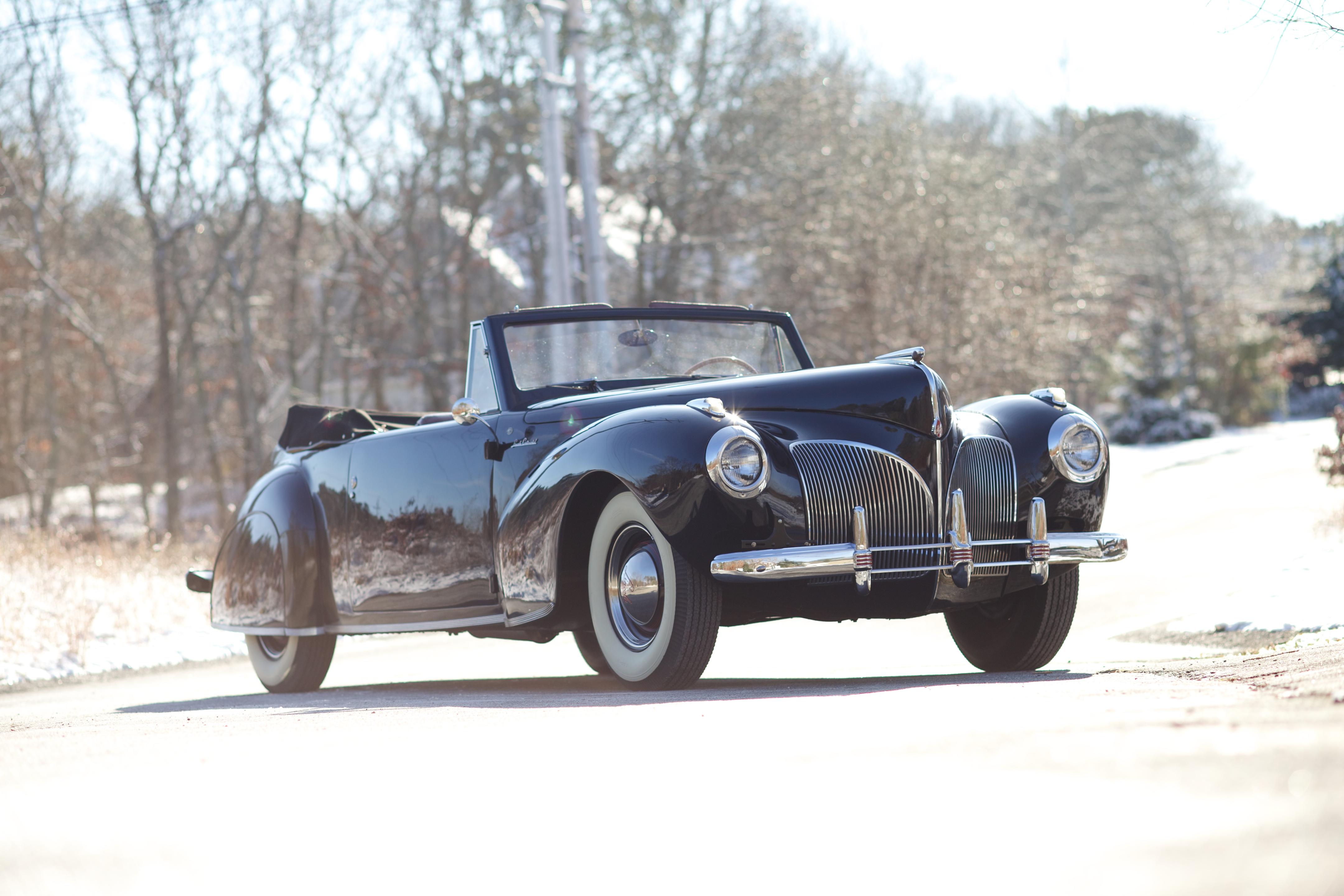

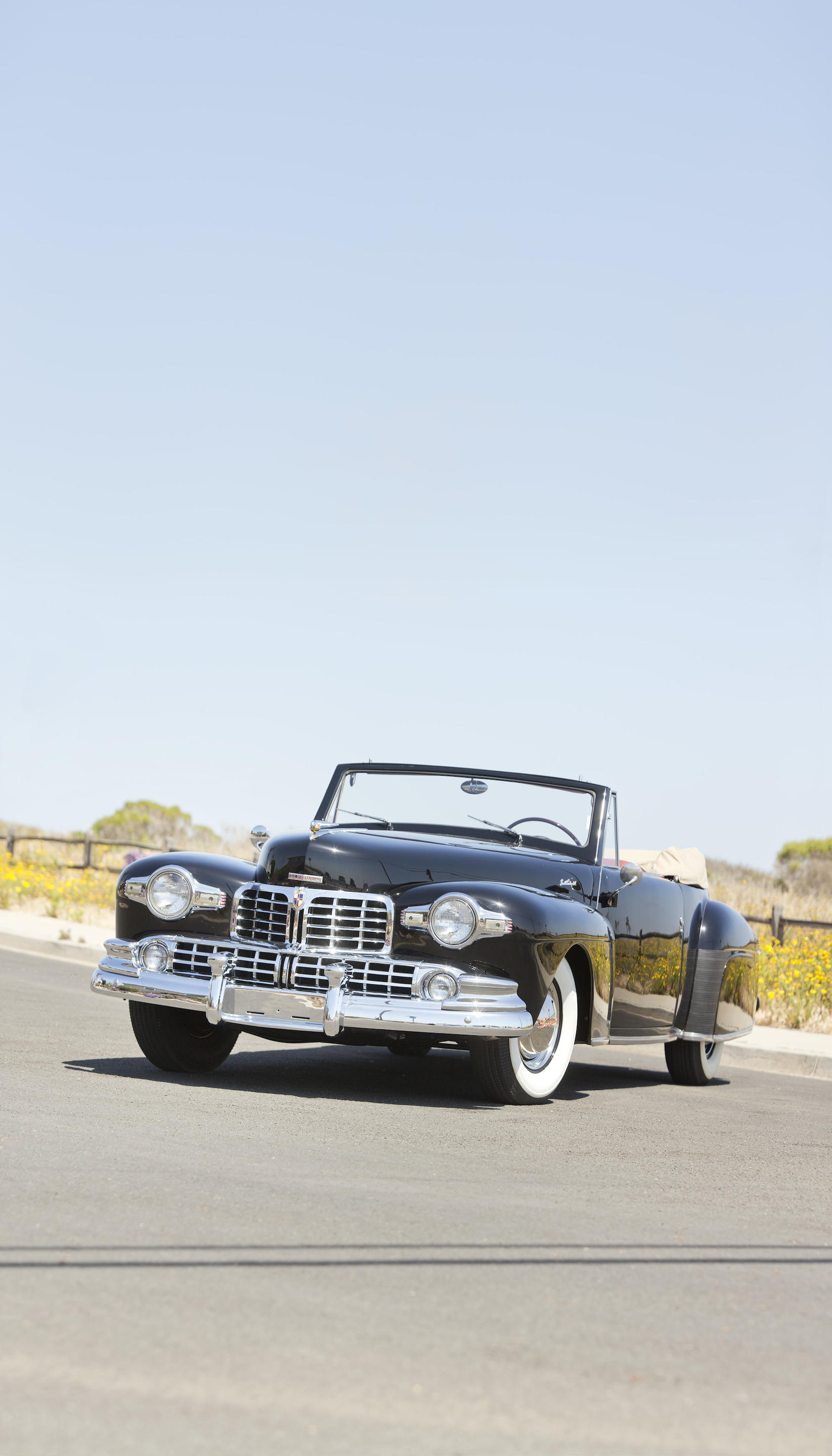
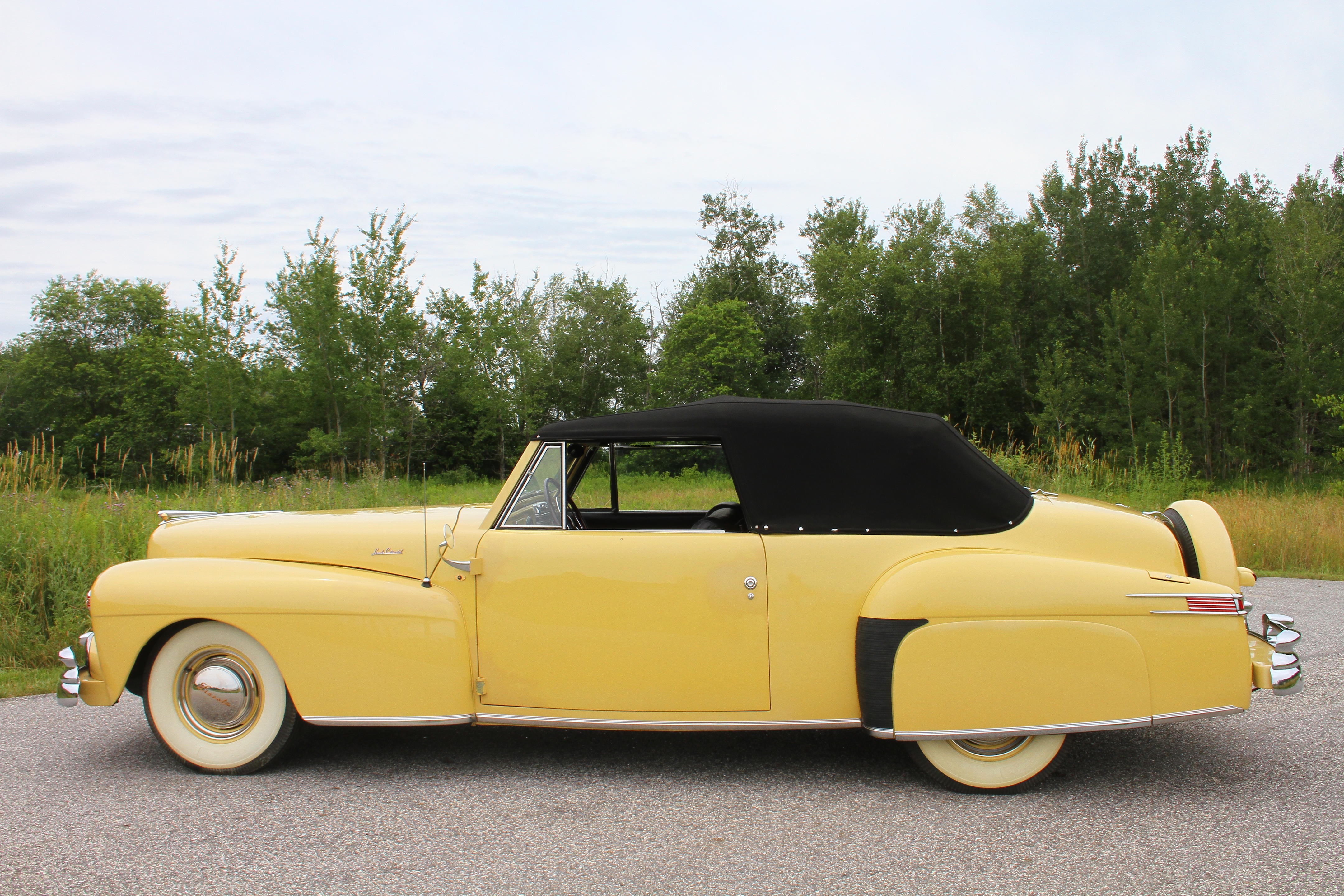


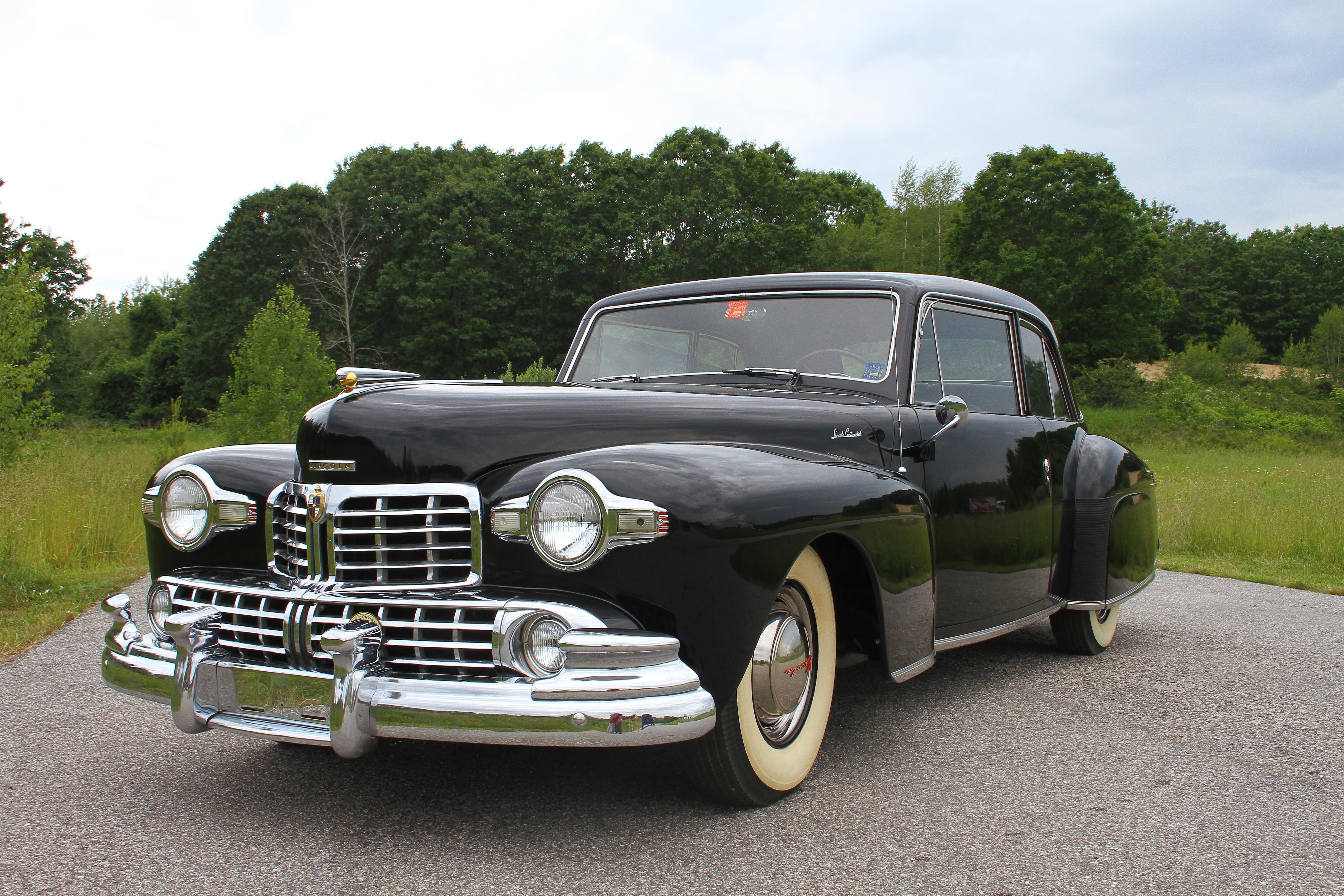
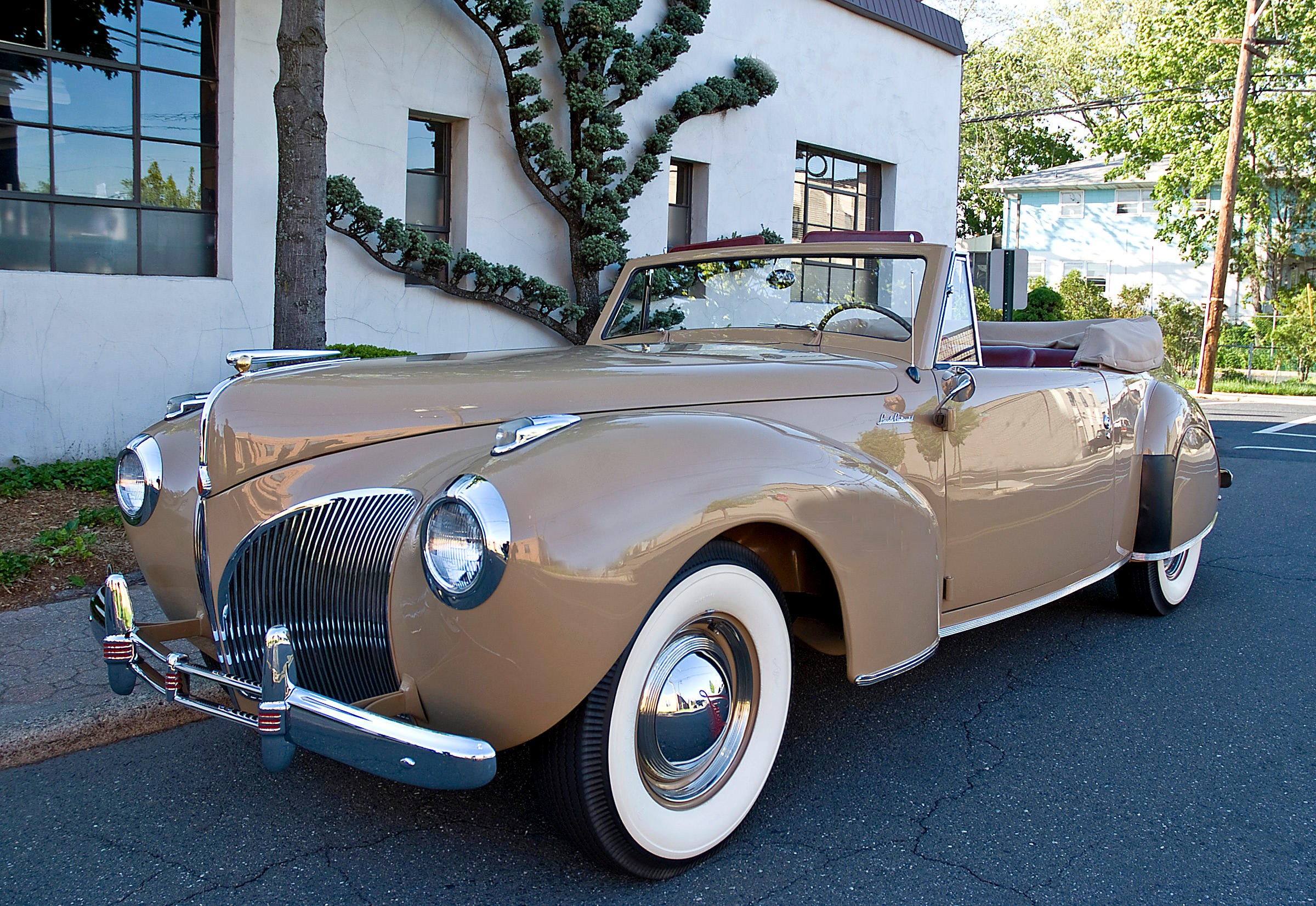
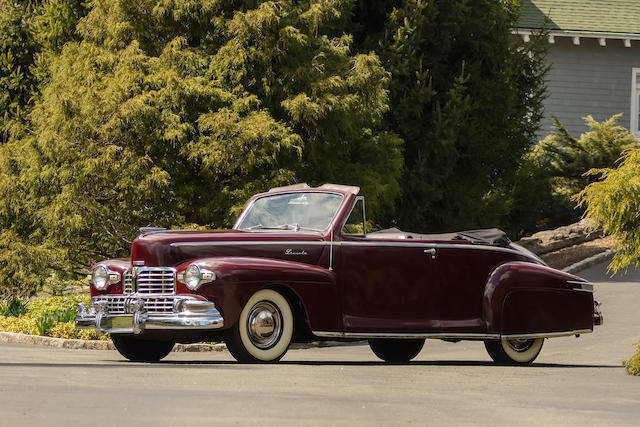
Testen Sie LotSearch und seine Premium-Features 7 Tage - ohne Kosten!
Lassen Sie sich automatisch über neue Objekte in kommenden Auktionen benachrichtigen.
Suchauftrag anlegen